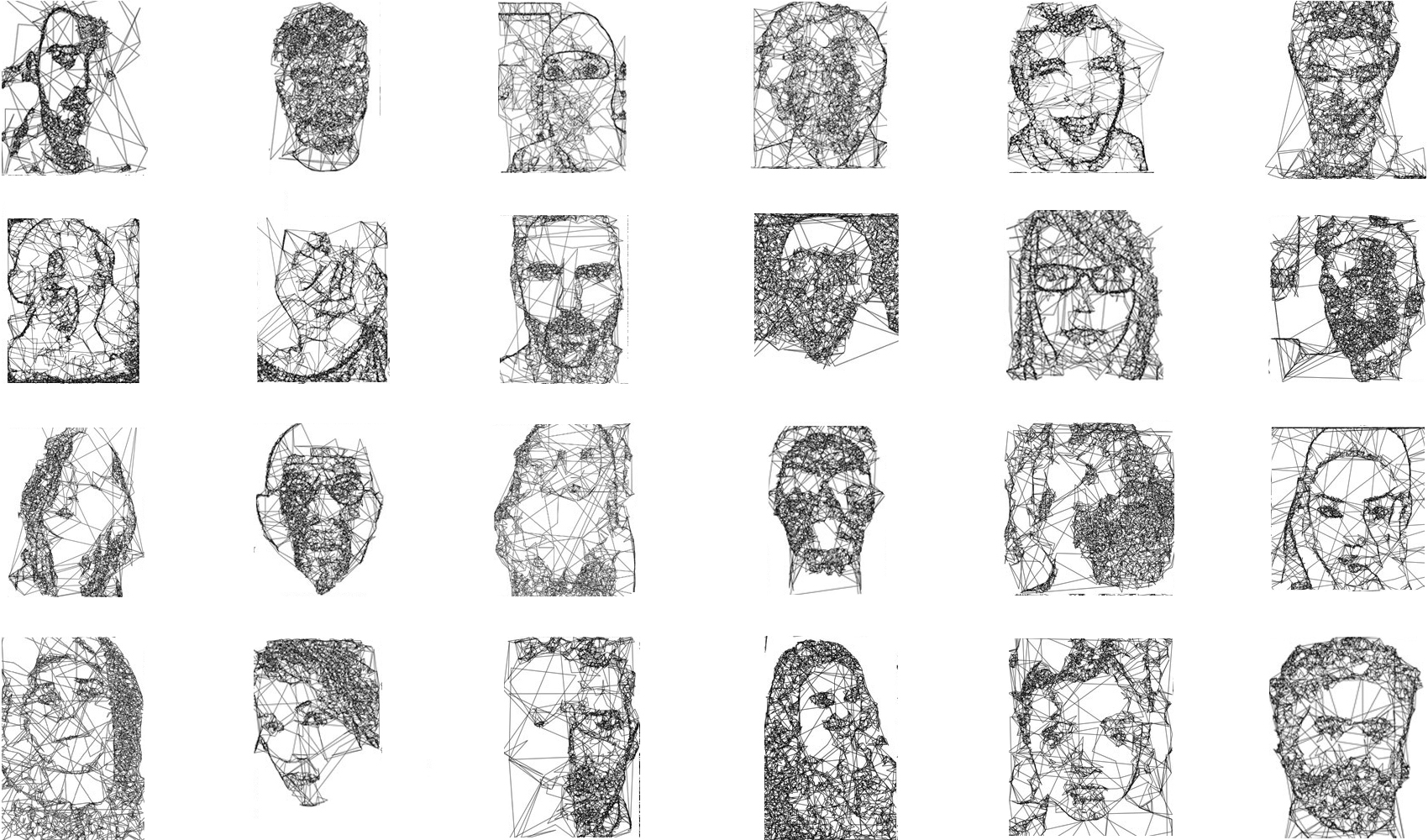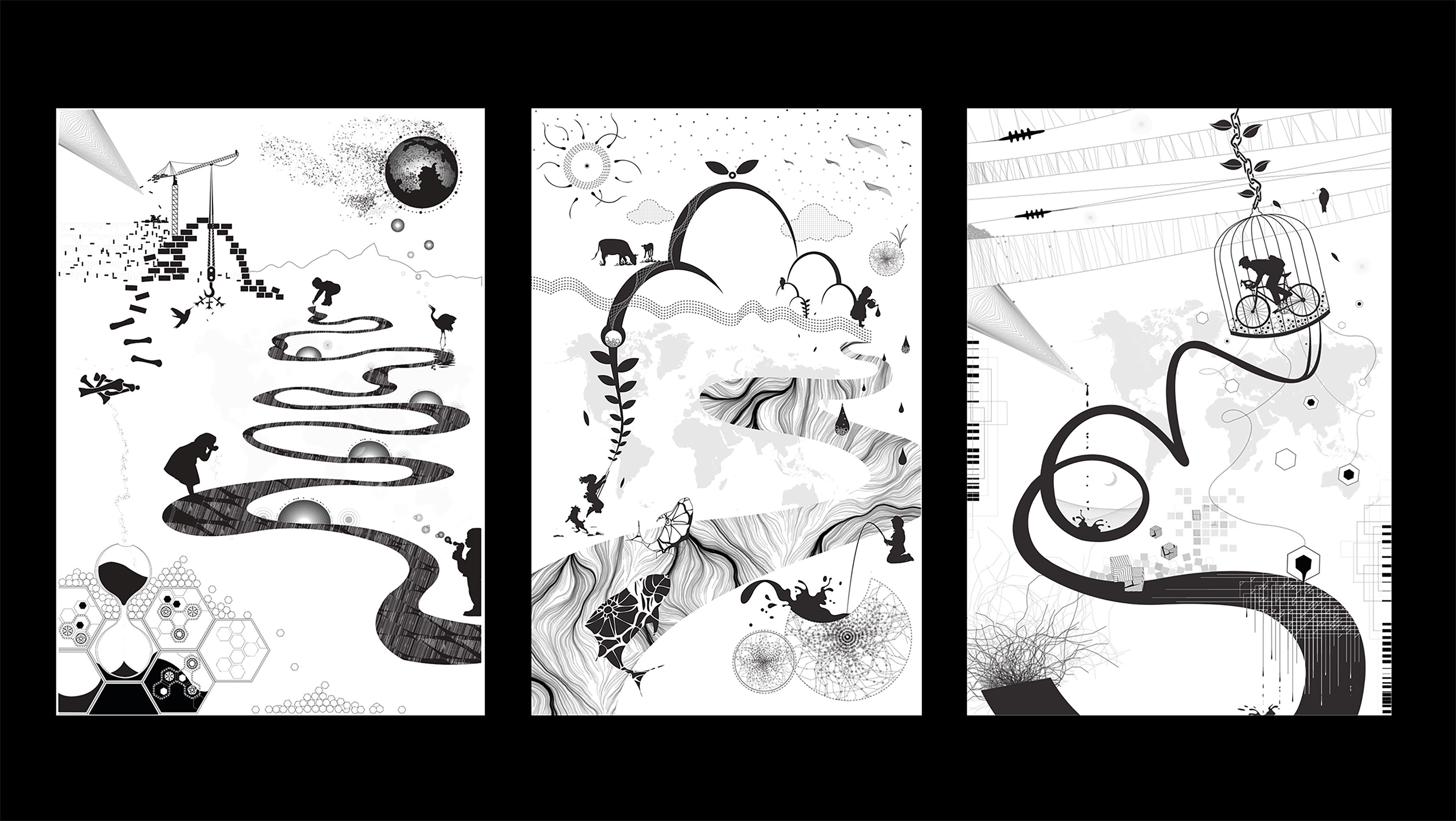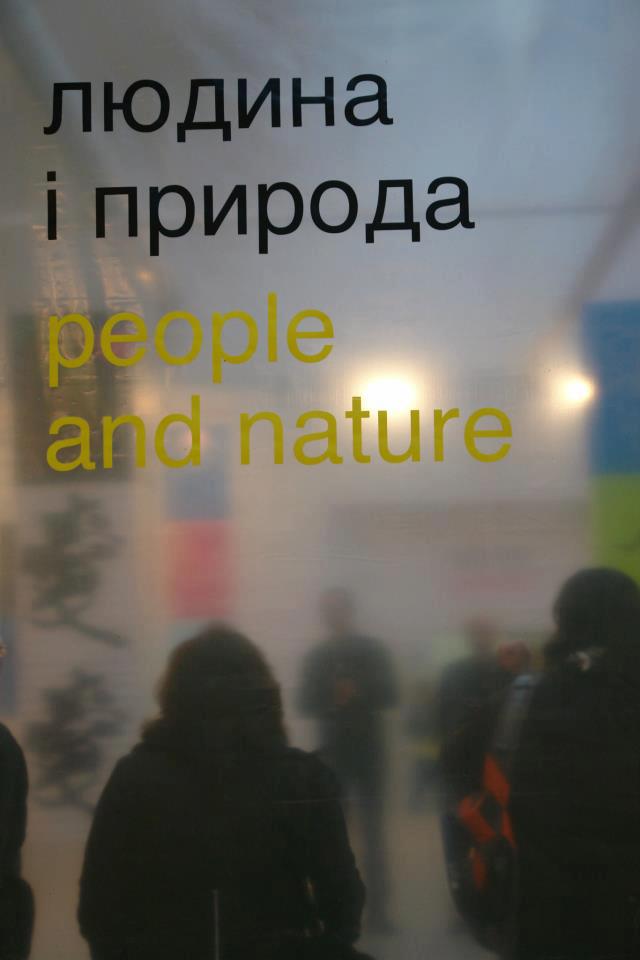Code_Decode
Computer Generated Portraiture
Code/Decode, a kinetic animated artwork, is an example of how technology reshaping the way we conceive, engage with, and perceive art, particularly in the realm of portraiture. The artwork is centered on creating software capable of deconstructing photographic portraits and enabling the computer to reconstruct these portraits. It relies on color detection as a parameter to generate particles that, in turn, interact with previously placed particles.
What makes this artwork intriguing is the intricate relationship between the visual ambiguity experienced by viewers and the dynamic flux in the identities of the portrayed individuals. At first glance, it may resemble a color vision test of an array of harmonious color palettes. Some people might tilt their heads in an attempt to decipher what they are seeing, potentially walking away without a complete understanding of the images, until the afterimage or peripheral vision takes effect. As they continue to gaze at the images, a realization dawns — the images are, in their own way, observing the observer.
What makes this artwork intriguing is the intricate relationship between the visual ambiguity experienced by viewers and the dynamic flux in the identities of the portrayed individuals. At first glance, it may resemble a color vision test of an array of harmonious color palettes. Some people might tilt their heads in an attempt to decipher what they are seeing, potentially walking away without a complete understanding of the images, until the afterimage or peripheral vision takes effect. As they continue to gaze at the images, a realization dawns — the images are, in their own way, observing the observer.




The Line Drawing Project
Participatory Computer Generated Portraits Project

Line Portrait Project is a series of computer-code generated portraits that analyze the light and shadow within images, producing one-line portraits. Over a span of six months, the project engaged 367 participants, resulting in the creation of approximately 1000 unique line portraits. Participants were able to watch their portraits take shape in a single line, and as a gesture of gratitude, they could download their line portrait version.
The most interesting aspect of the project to me lies in what unfolded after participants acquired their line portraits. Many of them shared how they ingeniously reinterpreted their line portraits, integrating them into diverse mediums such as posters, bookmarks, business cards, photographs, and social media profiles. The project has become a tool for user-driven design and artistic expression for the public to generate and distribute.
The most interesting aspect of the project to me lies in what unfolded after participants acquired their line portraits. Many of them shared how they ingeniously reinterpreted their line portraits, integrating them into diverse mediums such as posters, bookmarks, business cards, photographs, and social media profiles. The project has become a tool for user-driven design and artistic expression for the public to generate and distribute.






Recognitions
Publication
New Texture New Media 2019 by CICA Press, Seoul, South Korea
Exhibition
Evolving Graphic Design, Art Loft Gallary at the University of Wisconsin, Madison
Filed under Interactive, Experimental, Co-Design, Creative Coding, Prints
I Have a Dream i, ii, iii
Poster Series About People And Nature
This poster series offers a journey into a surreal realm crafted through
the application of mathematical algorithms and geometric principles
using programming. The resulting artwork possesses a captivating
duality, simultaneously evoking the familiar and the unfamiliar. Viewers
are enticed to explore and contemplate the nature of their own world.
Traveling Exhibitions





Recognitions
Juried Exhibition
VII International Triennial of Eco-Poster «The 4th Block» organized by Association of Graphic Designers 4th Block
Invited Traveling Exhibitions*:
National Academy of Arts of Ukraine, Kyiv, Ukraine
Museum of Modern Art of Ukraine, Kyiv, Ukraine
Ukrainian National Chornobyl Museum, Minus 4 Art Gallery, Kyiv, Ukraine.
* The exhibitions were judged by the International Judges.
Permanent collection
Dansk Plakamusueum (The Danish Poster Museum)
Filed under Experimental, Creative Coding, Prints
Untamed Alphabets
Computer-Generated Kinetic Alphabets

This animated typography explores dynamic evolution of letterforms over time. Through a seamless transition from one image to another, achieved by subtle, incremental changes, it gives rise to fresh and captivating aesthetics. Each set of alphabets is programmed to exhibit subtle movement, leaving trails and undergoing shifts in color. Over extended duration, the letterforms gradually shed their legibility, transforming into pure, abstract images.
My Locations
My location data visualization posters
openpaths.cc is an encrypted, user-contributed database for the personal location data files recorded by iOS devices. By using openpath.cc, I tracked my own locations at regular intervals. Based on this text-based dataset, I transformed my personal location history into visually engaging posters. This project was an integral part of
the New York Times Research & Development group initiatives focused on location-based research.
The New York Times Research & Development group mission transcends immediate product development cycles: they seek to identify emerging trends and technologies projected to manifest within the next three to five years. Through the creation of applications and prototypes, they envision the potential impacts and transformations that could shape the future of media, fostering innovative and reflective insights.
The New York Times Research & Development group mission transcends immediate product development cycles: they seek to identify emerging trends and technologies projected to manifest within the next three to five years. Through the creation of applications and prototypes, they envision the potential impacts and transformations that could shape the future of media, fostering innovative and reflective insights.



Filed under Data Visualization, Prints
